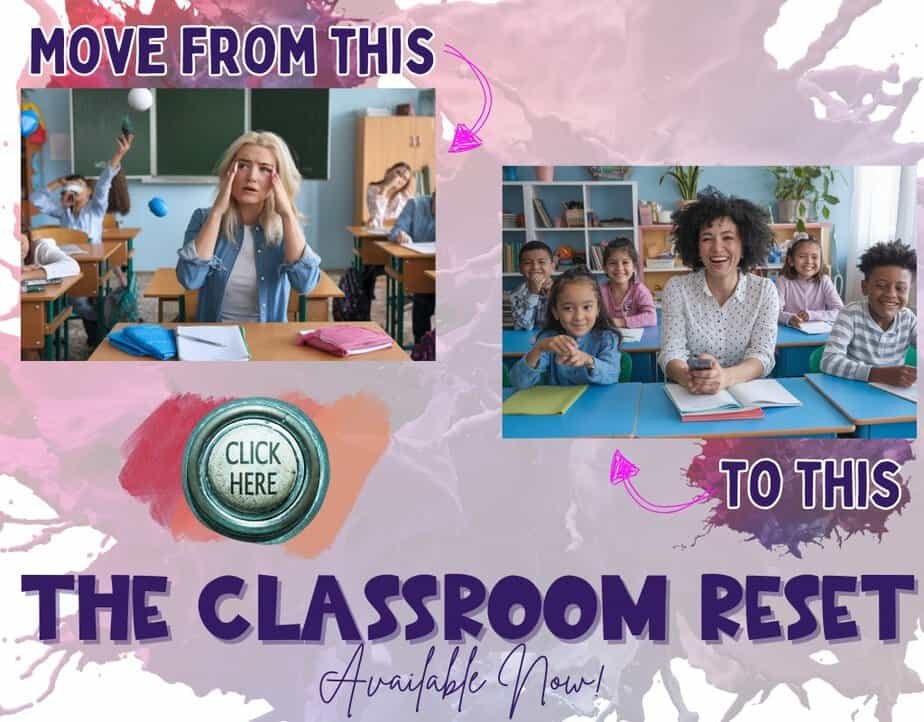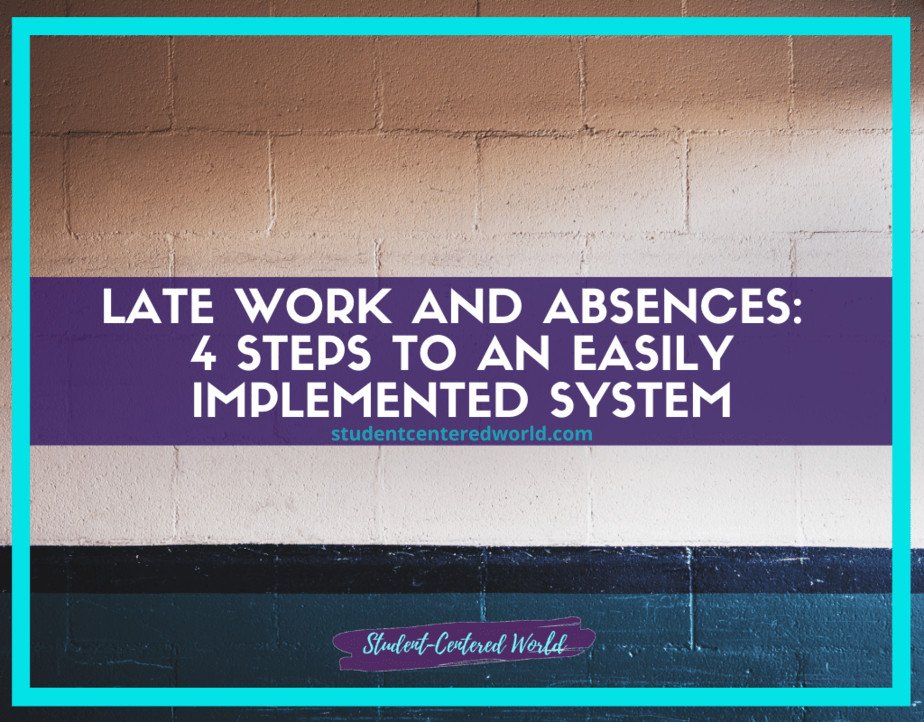Teacher-Centered Versus Student-Centered Learning
The debate between teacher-centered versus student-centered instruction continues to shape modern educational practices. While both aim to support the learning process and improve academic performance, they diverge in philosophy, structure, and outcomes. The traditional teacher-centered method positions the educator as the primary source of knowledge, responsible for transmitting educational content to students.
In contrast, student-centered approaches emphasize student agency, student engagement, and independent learning. These differing frameworks significantly impact the learning approach, the teacher’s role, and ultimately, student performance.
Teacher-Centered versus Student-Centered: Definitions and Core Principles
Teacher-Centered Method
The traditional teacher-centered approach is rooted in direct instruction. In this model, the teacher delivers content through lectures and demonstrations, while students are passive participants. The main focus lies in covering curriculum goals efficiently, with the teacher acting as the sole representative of knowledge.
This method works well for foundational concepts, especially in academic majors that require precise instruction, such as mathematics or science. However, it may limit student exploration, communication skills, and problem-solving skills if used exclusively.
Student-Centered Approaches
Student-centered education prioritizes the learner’s interests, pace, and input in shaping their own learning. In this model, students are active participants and take ownership of their educational experiences. The teacher’s role shifts from content deliverer to facilitator, guiding student exploration and fostering an effective learning environment.
Student-centered methods include project-based learning, group work, inquiry-based learning, and problem-based learning. These active learning methods promote essential skills such as collaboration, self-directed learning, and adaptability, which are crucial for future careers.
Active vs. Passive Learning
One of the main differences between these instructional models is how students interact with the educational content. In teacher-centered classrooms, students often listen, take notes, and memorize facts—an approach that tends to create passive participants. Conversely, student-centered pedagogy encourages active learning work, where students engage with new concepts through discussion, research projects, and hands-on activities.
Educational research from various university press publications supports the idea that student-centered teaching methods enhance student engagement and help students internalize knowledge more deeply. For example, case studies have shown that collaborative learning and student-led group projects improve both academic performance and professional attitude.
Flexibility in Practice
While it’s tempting to argue that one model is superior, the reality is more nuanced. An effective teaching style blends traditional methods with student-centered approaches based on the subject matter and student needs. The best educators recognize that an effective learning environment requires both structure and freedom. For example, direct instruction might be used to introduce new concepts, followed by student-centered methods like project-based learning to deepen understanding.
Key Differences Between Teacher-Directed and Student-Centered Classrooms
Classroom Focus: Teacher-Centered vs. Student-Centered Dynamics
In teacher-centered instruction, the classroom is designed around the educator as the central authority. The physical setup typically features rows of desks facing forward, reinforcing the teacher’s role as the primary dispenser of knowledge. This arrangement ensures that students direct their attention to the instructor, minimizing distractions and maintaining a structured environment. While this model promotes order and efficient content delivery, it can inadvertently stifle student interaction and collaborative learning.
In contrast, student-centered classrooms prioritize flexibility and peer engagement. Instead of a traditional “front of the room,” learning spaces may feature:
- Flexible seating (e.g., standing desks, bean bags, collaborative tables)
- Learning stations for small-group work or hands-on activities
- Digital collaboration tools (e.g., interactive whiteboards, shared Google Docs)
This setup encourages students to take ownership of their learning by fostering discussion, problem-solving, and peer teaching. Research shows that such environments improve engagement, critical thinking, and long-term retention of material.
Why This Shift Matters
- Teacher-centered focus works well for direct instruction, particularly in foundational subjects where structured explanations are necessary.
- Student-centered focus excels in developing soft skills like communication, teamwork, and self-directed learning—key competencies for modern careers.
Best Practice: Hybrid classrooms that alternate between teacher-led instruction and student-driven activities often yield the best results, allowing for both knowledge transfer and active application.
Dispensing Information: Passive vs. Active Learning
In teacher-centered education, information flows in one direction: from teacher to student. This model relies on lectures, textbook readings, and teacher-led demonstrations. While efficient for covering large amounts of content, it risks disengagement, especially among students who learn better through interaction.
Student-centered learning, however, redefines how information is shared by emphasizing:
- Dialogue & Discussion: Socratic seminars, debates, and peer-led Q&A sessions
- Modeling & Mentorship: Teachers demonstrate skills (e.g., writing, lab experiments) before students practice independently
- Inquiry-Based Learning: Students explore topics through research, experiments, and real-world problem-solving
The Role of Technology
Digital tools (e.g., Flipgrid, Padlet, Nearpod) enhance student-centered learning by allowing:
- Self-paced modules for differentiated instruction
- Collaborative projects via cloud-based platforms
- Instant feedback through quizzes and discussion boards
Key Insight: While teacher-centered instruction ensures consistency, student-centered methods deepen understanding by making learning an active, participatory process.
Student Choice and Autonomy: Empowering Learner
A hallmark of student-centered education is the emphasis on choice and autonomy. Unlike the traditional approach where every student completes identical assignments, student-centered classrooms offer students multiple ways to demonstrate mastery of educational content. This flexibility supports the development of problem-solving skills, communication skills, and independent learning.
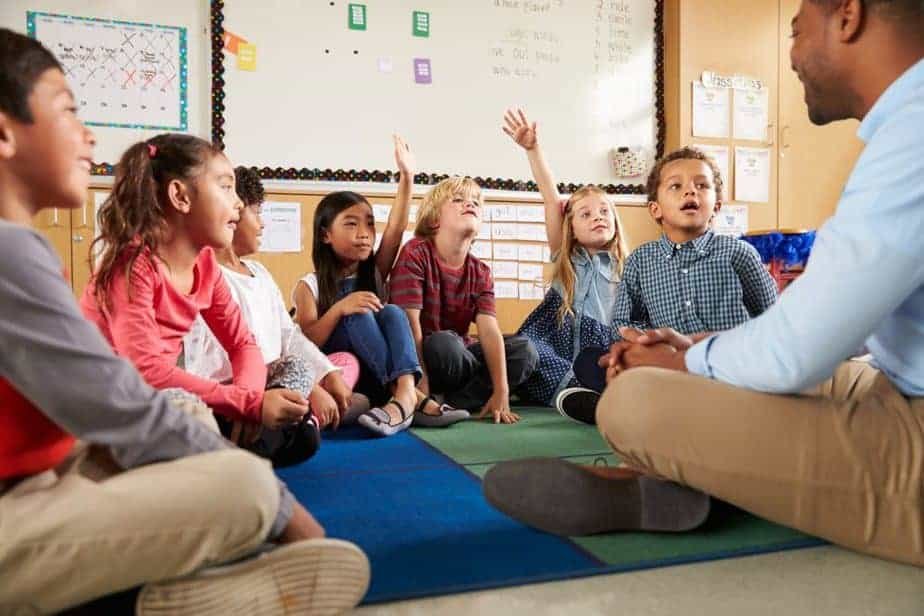
For example, project-based learning (PBL) allows students to choose topics within a broader theme—such as creating research papers, documentaries, or community action plans under the umbrella of “Climate Change Solutions.” Another student-centered method is using learning menus, where teachers provide a selection of tasks and students select, for instance, “3 out of 6 activities to show your understanding of fractions.”
Additionally, Genius Hour dedicates time for students to work on passion projects, promoting creativity, student engagement, and self-directed learning. These active learning methods not only increase student motivation but also prepare them for future careers by developing essential skills through meaningful learning experiences.
Benefits of Student Choice
Student-centered education offers several powerful benefits that enhance both the learning process and student performance. It increases motivation by aligning work with student interests, making learning more relevant and engaging. It also encourages ownership of learning, helping students develop a professional attitude and preparing them for lifelong education. Additionally, student-centered methods support differentiation by accommodating diverse learning styles, ensuring that all learners can access and connect with the material in meaningful ways.
One challenge educators may face is the concern that too much choice could lead to classroom chaos or off-task behavior. The solution lies in structured autonomy—a balance between freedom and guidance. By providing clear rubrics, checkpoints, and expectations, teachers can support student exploration while maintaining focus and academic rigor. This approach creates an effective learning environment where students thrive as active participants, working at their own pace and developing essential skills for future careers.
Assessment Methods: Measuring Understanding Differently
Teacher-centered assessments (e.g., standardized tests, pop quizzes) prioritize memorization and recall. While useful for benchmarking, they often fail to capture critical thinking or real-world application. Student-centered assessment takes a more holistic and personalized approach to measuring student performance compared to traditional methods. Instead of relying solely on tests and quizzes, it incorporates a variety of strategies that actively engage students in the learning process.
Formative assessments, such as exit tickets, peer reviews, and teacher-student conferences, provide ongoing feedback that helps guide instruction and support individual growth. Authentic assessments further enhance the learning experience by involving students in real-world problem-solving tasks, including portfolios and presentations that showcase their understanding in meaningful contexts.
Additionally, self-assessment plays a vital role in student-centered education. Through reflection journals, students evaluate their own progress, set goals, and take responsibility for their own learning. These student-centered methods not only promote independent learning and self-directed growth but also build communication skills, metacognitive awareness, and a deeper connection to academic content.
Why This Matters
Traditional tests typically measure what students know at a single point in time, offering a snapshot of content retention. While useful, this teacher-centered method often overlooks the depth of student understanding and the broader learning process. In contrast, student-centered assessments focus on how students learn and apply knowledge, providing a more comprehensive view of their academic performance and essential skills development.
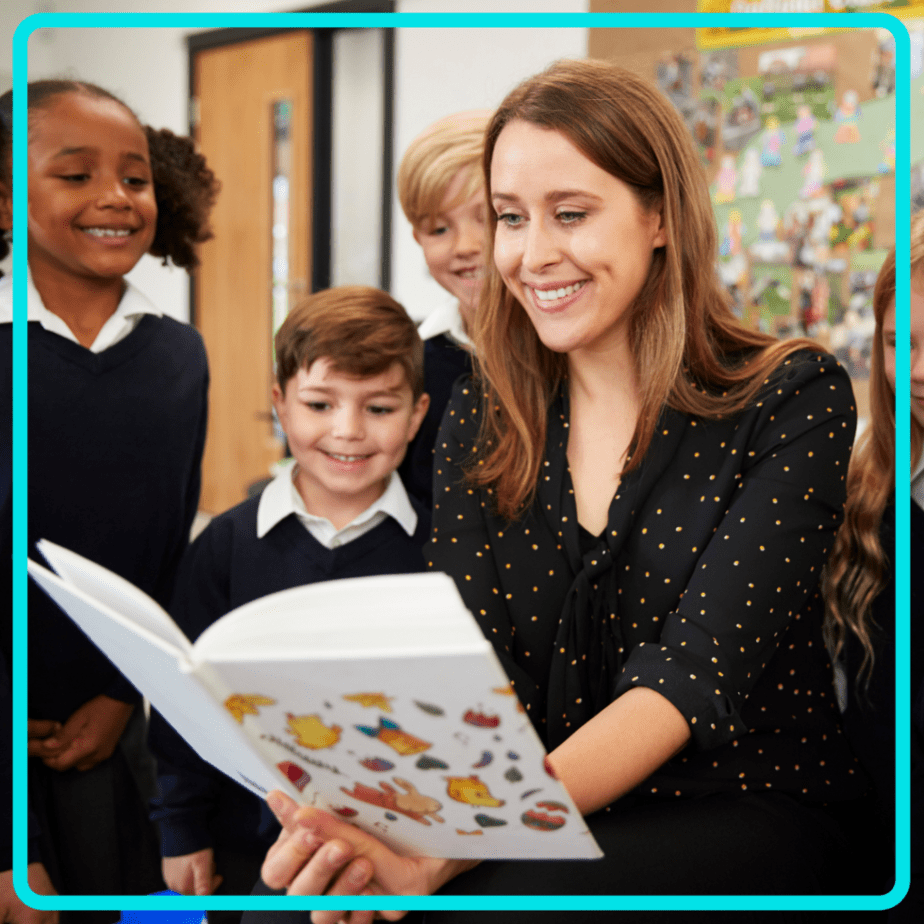
These assessments encourage students to be active participants in their own learning and highlight their ability to transfer concepts to real-world situations. A balanced learning approach combines the strengths of both methods. For example, ending a unit with a traditional test alongside a creative project allows educators to assess both content mastery and higher-order skills like problem-solving and communication.
This strategy supports a more effective learning environment and reflects the diverse ways students demonstrate understanding.
Classroom Environment: Silence vs. Productive Noise
A teacher-centered classroom values quiet, orderly environments where students listen attentively. While this minimizes disruptions, it may also suppress discussion and collaborative energy.
A student-centered classroom, however, thrives on productive noise—the hum of group work, debates, and hands-on activities. Strategies to manage this include:
- Norms for Collaboration: Teaching students how to engage in respectful discourse
- Acoustics Management: Soft background music or noise-canceling headphones for students who need focus
- Flexible Zones: Quiet corners for independent work alongside collaborative spaces
Real-World Example
A high school science teacher noticed that students retained more information when they taught each other. She redesigned her room with:
- A lab station for experiments
- A discussion circle for peer teaching
- A tech corner for virtual simulations
Result? Test scores rose 20%, and student engagement skyrocketed.
The ideal classroom isn’t wholly teacher- or student-centered—it’s purposefully designed to match learning goals. Sometimes, students need direct instruction; other times, they need space to explore. The best educators blend both.
Common Myths Debunked
Many educators and stakeholders hold misconceptions about these teaching styles that can hinder effective implementation. One prevalent myth is that student-centered learning lacks structure. In reality, this approach requires even more detailed planning to effectively scaffold student autonomy while maintaining clear learning objectives.
Another common misconception is that the teacher-centered method is outdated and boring. However, when skillfully executed with storytelling techniques, strategic questioning, and engaging visual aids, teacher-led instruction can be highly dynamic and interactive.
Perhaps the most persistent myth is that one approach fits all classrooms perfectly. The truth is that the most effective learning environments thoughtfully integrate elements of both models to meet the diverse needs of learners, recognizing that different subjects, lessons, and student groups may require different instructional approaches.
Best Practices for Implementation
For educators using teacher-centered approaches, several strategies can enhance effectiveness. Rather than relying solely on traditional lectures, teachers should blend direct instruction with interactive questioning techniques and class discussions to maintain engagement. Incorporating multimedia elements like videos, infographics, and interactive presentations can make content more accessible to visual and auditory learners.
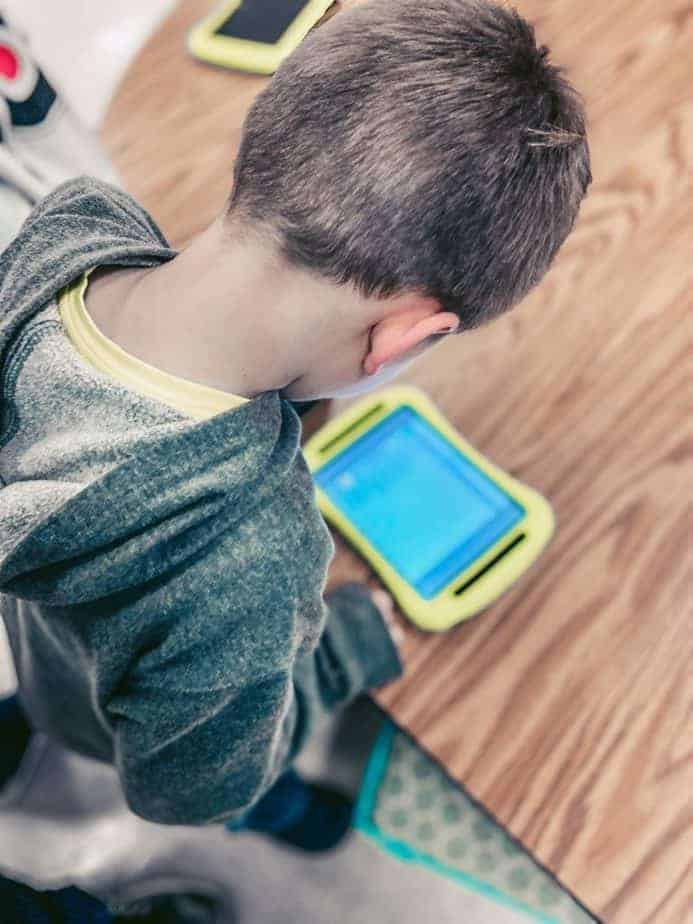
The use of Socratic questioning is particularly valuable in this model, as it encourages students to develop problem-solving skills even within a teacher-directed framework.
In student-centered classrooms, different strategies come into play. Establishing learning stations allows for differentiated instruction, giving students opportunities to engage with material in ways that suit their individual learning styles. Collaborative learning should be actively encouraged through structured peer teaching activities, where students reinforce their own understanding by explaining concepts to classmates.
Reflection exercises like learning journals and exit tickets serve dual purposes – they help students develop metacognitive skills while providing teachers with valuable insights into student comprehension. The key to successful student-centered learning lies in creating an environment where structured autonomy leads to meaningful engagement rather than unfocused activity.
Both approaches benefit from careful planning and intentional design. The most skilled educators understand that these methods exist on a continuum rather than as opposing choices, and they fluidly move between them based on instructional goals, student needs, and subject matter requirements.
By understanding the strengths and limitations of each approach, teachers can create dynamic classrooms that combine the knowledge transmission of teacher-centered methods with the engagement and skill-building of student-centered learning. This balanced approach ultimately leads to more effective education that prepares students for both academic success and real-world challenges.
Hybrid and Blended Models
Hybrid models offer the best of both worlds. Educators can begin with direct instruction to introduce key concepts, then transition into student-centered learning experiences. Flipped classrooms, where students study new material at home and apply it in class, are an excellent example of this blended approach.
Challenges and Practical Solutions
| Challenge | Teacher-Centered Solution | Student-Centered Solution |
|---|---|---|
| Student disengagement | Use interactive stories and multimedia | Offer choice-based tasks and group projects |
| Lack of critical thinking | Use Socratic seminars | Incorporate inquiry-based learning |
| Classroom management | Establish clear routines and expectations | Create norms with students to promote accountability |
The Future of Education
Higher education institutions and teacher education programs are increasingly emphasizing student-centered teaching methods. The future points toward personalized, adaptive learning experiences supported by technology. Online platforms, artificial intelligence, and virtual classrooms enable independent learning and make student-centered pedagogy more accessible.
Educational research shows that students who experience student-centered approaches develop essential skills that go beyond the classroom. These include communication skills, problem-solving skills, and adaptability—traits highly valued in the real world and across various academic majors. Whether a student is entering business, healthcare, education, or the arts, these competencies prepare them for future careers.
Conclusion
The thesis statement of this guide is simple: the most effective educators blend the structure of the teacher-centered method with the adaptability of student-centered approaches. The learning process is complex and multifaceted. No single teaching style meets all needs. Student-centered education empowers learners to take control of their educational experiences, fostering a deeper connection to content and promoting long-term academic success.
Educators play a vital role in creating learning environments that are both structured and flexible. By integrating student-centered pedagogy, fostering student engagement, and promoting active learning work, teachers can prepare students not just for exams, but for life beyond the classroom. Whether through group projects, inquiry-based learning, or case studies, student-centered methods equip learners with the tools they need to thrive as independent, curious, and capable individuals in a rapidly changing world.
This article was originally published on December 22, 2020.




